ASCI 290: Mare Care Enterprise Final Review
1/39
There's no tags or description
Looks like no tags are added yet.
Name | Mastery | Learn | Test | Matching | Spaced |
|---|
No study sessions yet.
40 Terms
Mare
A female horse of breeding age, usually over 3 years old.
Filly
A young female horse that has not had a foal, usually 3 years and under in age.
Stallion
An uncastrated male horse, usually over 3 years of age (also called a 'stud').
Colt
A young, uncastrated male horse, usually 3 years and under in age.
Gelding
A castrated male horse of any age.
Foal
A baby horse of either gender from 0-6 months of age.
Weanling
A young horse between 6-12 months that is no longer nursing from the mare.
Yearling
A horse between the ages of 1 and 2 years old.
Hands
The measurement of how tall a horse is, from the withers to the ground (1 hand = 4 inches).
Pony
A small, full-grown horse whose height is under 14.2 hands (58 inches).
Horse
A full-grown horse whose height measures above 14.2 hands (58 inches).
Conformation
The shape and correctness of a horse’s body; good conformation indicates strength and soundness. A horse with good conformation is stronger and more likely to stay sound than a horse with a weak conformation.
Gate
The different speeds a horse can travel (walk, trot/jog, canter/lope, gallop).
Lame
A horse with an injury that interferes with performance/health, possibly showing a limp or change in stride.
Sound
A horse without injuries that interfere with their performance and/or health.
Curry comb
Loosens dirt, hair, and stimulates skin oils. Use in circular motions on large, fleshy areas.
Hard / Stiff-Bristle Brush
Sweeps off dirt, hair, and sweat brought to the surface by curry comb. Short, flicking strokes - avoid face and legs.
Soft Brush
Removes finer dust and adds shine; gentle enough for face and legs.
Hoof Pick
Cleans debris from hooves
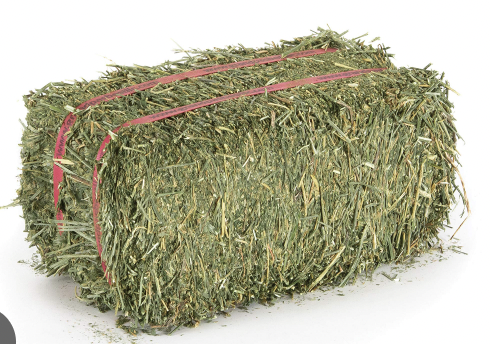
Alfalfa hay
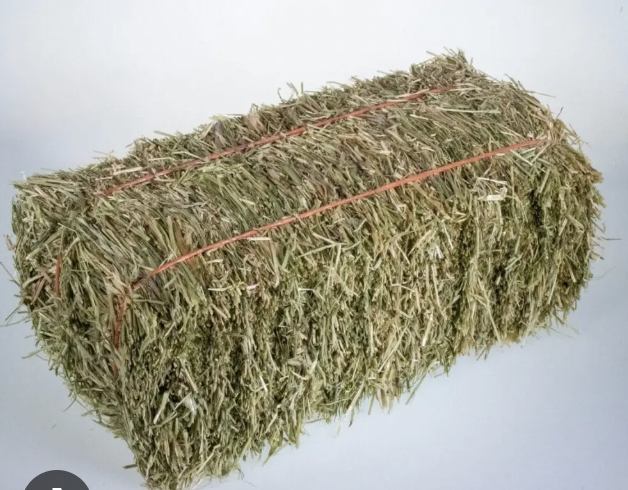
Grass hay
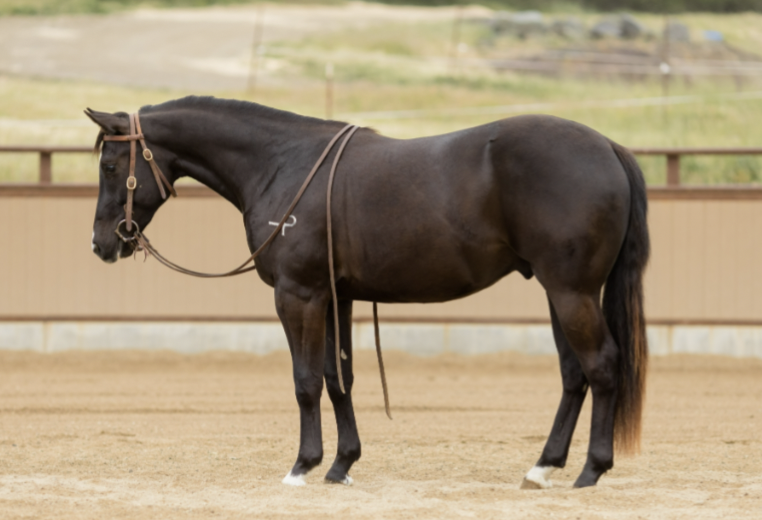
Any horse that is solid black all around ears, eyes, muzzle, and flank
Black
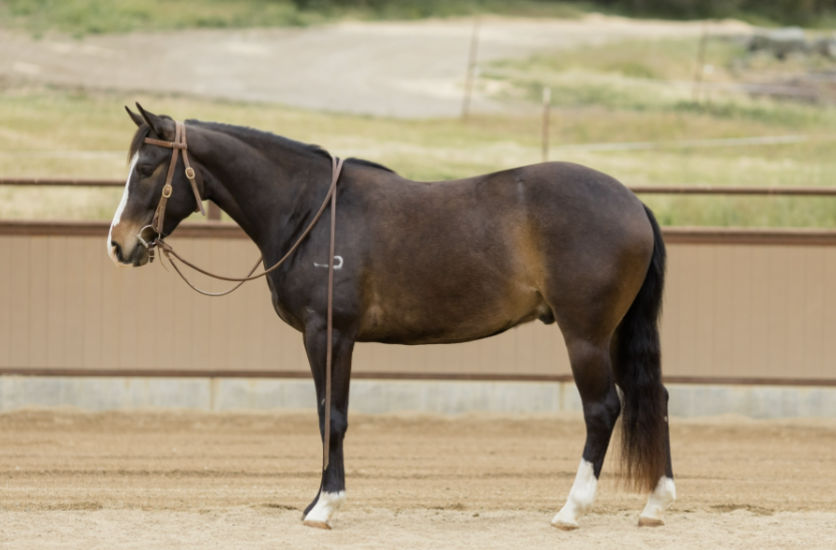
Black with lighter shades of harid around muzzle, eyes, flank, elbow area
Brown
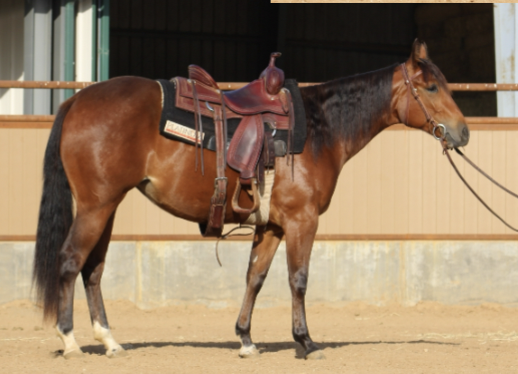
Reddish/brown body color, black legs, black mane and tail
Bay
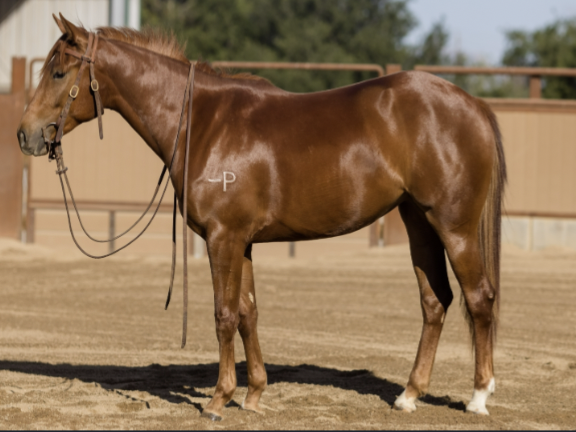
Reddish body color, mane and tail color similar to body color
Chestnut
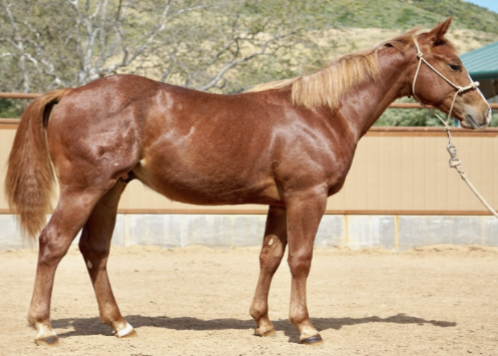
Reddish body color but light colored manes and tails
Sorrel
Horses are prey animals and when startled or scared, will choose the "flight" or "fight" response.
True
Never go alone to work with horses. If there is an accident, no one will be able to help you.
True
When leading a horse, your position should be:
On the horses left side, between the head and shoulder of the horse, slightly off to the side
When approaching a horse, you should do all of the following except:
Rush up behind them and touch them on the rear end to avoid startling or alarming the horse.
Cell phones are good to have in an emergency, but if you are handling a horse, you should not be handling your phone. Your full attention should be on your horse and your surroundings.
True
Always halter and lead the horse on the left side.
True
Before walking into a stall or pen to catch a horse, you should do the following.
Look at the horses demeanor to see if it seems scared, excited, calm, etc.
Make sure you can safely open the stall / pen door without putting yourself or the horse in a dangerous position
Have your halter and lead rope ready
Watch out for any other horses in the pen that might interfere with you catching the horse.
There are TWO safe ways to walk behind a horse. They are:
Walk about 5-10 feet behind them
Keeping your hand on the rump, walk very closely behind it
How should you hold the lead rope once you have the halter on the horse?
loop it lightly in your hand.
Choose all of the items that are appropriate types of clothing to wear around horses
Jeans / long pants, boots, long sleeve shirt
Horses have 3 main "danger zones" that can cause a person to be injured. They are:
mouth / teeth zone, rear end / hind feet zone, front legs / strike zone
Horses have two blind spots in their field of vision, directly in front of them and directly behind.
True
When planning to work with a horse at the Cal Poly Equine Center, never handle, work with or go into a horse pen/stall alone. You should always have at least one other person with you, for safety reasons.
True
What is the best type of foot gear to wear when you are working around horses?
Boots